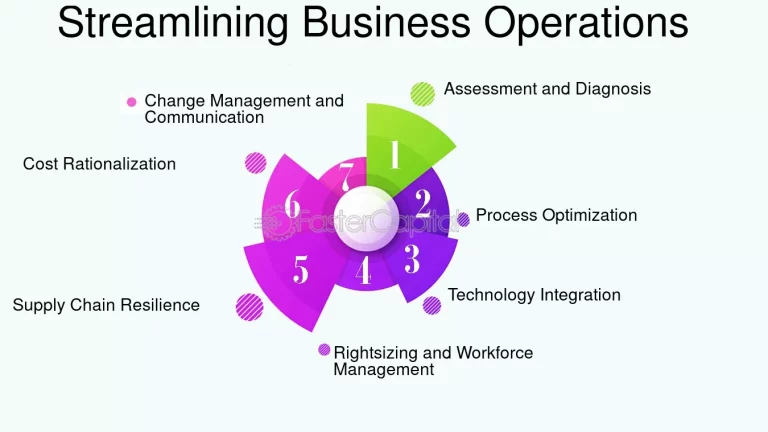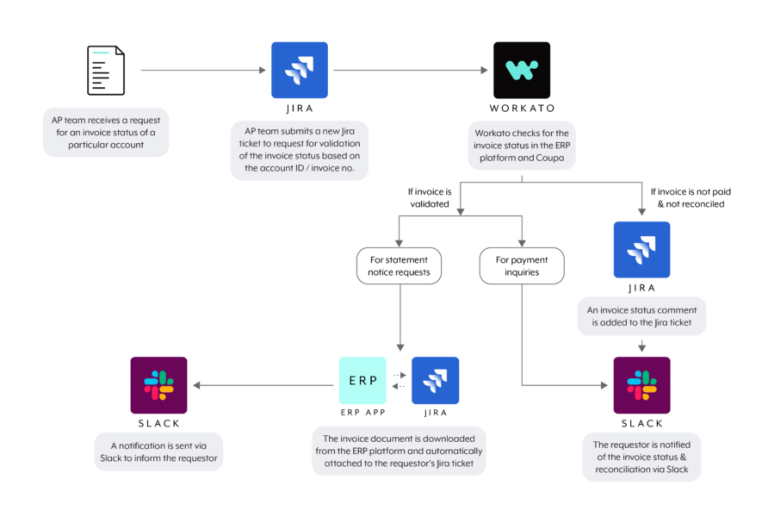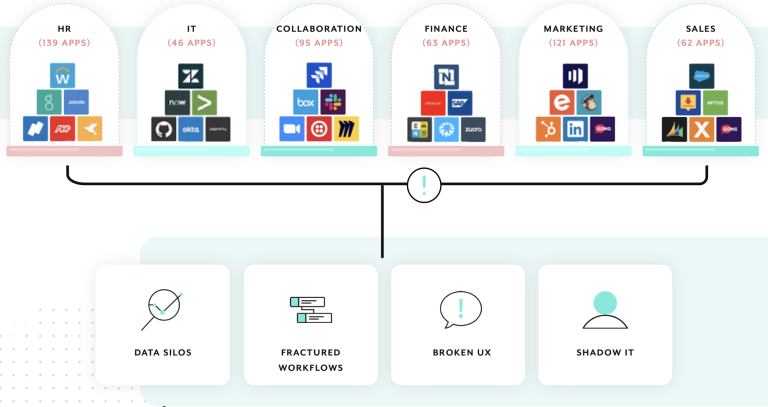Workato ServiceNow Seamless Integration
Workato ServiceNow empowers streamlined workflows, connecting disparate systems for enhanced efficiency. This exploration delves into various integration methods, use cases, data migration strategies, and security considerations, demonstrating the power of automation to boost productivity and optimize operations within your ServiceNow environment.
We’ll cover everything from setting up basic integrations to handling complex scenarios, including data transformations, migration processes, and robust security measures. The guide includes practical examples, step-by-step procedures, and a comprehensive table of pros and cons to help you make informed decisions about your integration strategy.
Integration Methods
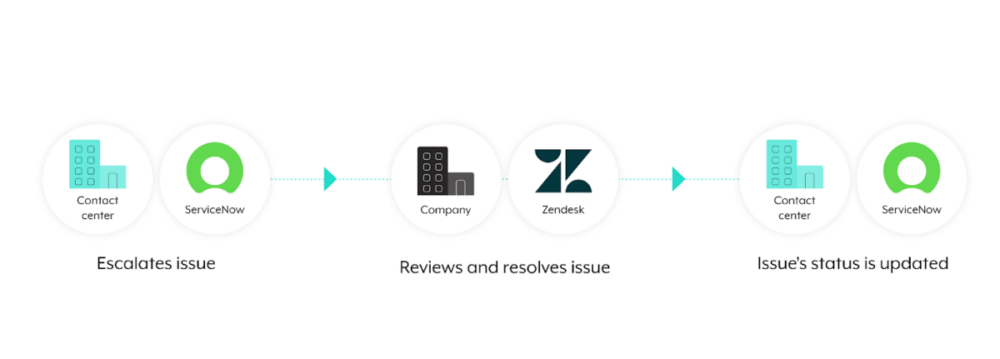
Connecting Workato and ServiceNow for automation involves various integration methods, each with its strengths and weaknesses. Careful consideration of these methods is crucial for effective and efficient data flow. Understanding the nuances of each approach is essential for optimizing performance and ensuring the integrity of the integration.
Different integration methods offer varying levels of complexity, flexibility, and control. Choosing the right method depends on the specific requirements of the automation task and the technical expertise available.
Comparison of Integration Methods
Different methods for connecting Workato and ServiceNow include leveraging APIs, utilizing pre-built connectors, and employing custom scripts. Each method has distinct advantages and disadvantages in terms of speed, security, and scalability.
- APIs (Application Programming Interfaces): APIs provide a structured way to access and interact with ServiceNow’s functionalities. They offer precise control over data exchange and are generally well-suited for complex integrations. However, using APIs directly requires a deeper understanding of the ServiceNow platform and API specifications, which can add to the development time and complexity.
- Connectors: Workato provides pre-built connectors for ServiceNow, simplifying the integration process. These connectors streamline common tasks and data flows, making them suitable for straightforward integrations. The flexibility of connectors is generally less than APIs, but they are often faster to implement and require less technical expertise.
- Custom Scripts: Custom scripts offer the most flexibility for highly customized integrations. However, they require a strong understanding of both Workato’s scripting language and ServiceNow’s functionalities. This approach is typically reserved for complex integrations where the pre-built connectors or APIs do not meet the specific needs. It requires more time and expertise for development and maintenance.
Basic Integration Setup
Setting up a basic integration between Workato and ServiceNow involves several key steps. This procedure focuses on the data flow and configuration to ensure a smooth transfer of data.
- Identify the Source and Destination Data: Determine the specific data points in ServiceNow that need to be accessed and the desired destination within Workato. Precise identification is crucial for establishing the correct data mappings.
- Configure the Workato Integration: Use the Workato interface to establish the connection to the ServiceNow instance. This involves specifying the authentication credentials and relevant ServiceNow application data.
- Define Data Mappings: Map the data fields between ServiceNow and Workato to ensure the correct data is transferred. This step requires careful attention to the structure and format of the data in both systems.
- Establish the Data Flow: Determine the sequence of operations required to transfer data from ServiceNow to the desired destination. This involves setting up triggers, actions, and conditions in Workato.
- Testing and Validation: Thoroughly test the integration to validate the data transfer and ensure the expected outcomes are achieved. This step helps identify and resolve any issues before deployment.
Using Pre-built Connectors
Workato’s pre-built ServiceNow connectors automate common tasks, such as creating or updating records, retrieving data, and triggering workflows. These connectors streamline the integration process and reduce development time.
- Creating ServiceNow Records: Workato connectors allow for the automated creation of ServiceNow records, such as incidents or change requests, based on data from other systems.
- Updating ServiceNow Records: Connectors allow updates to ServiceNow records based on conditions or events triggered in Workato.
- Retrieving ServiceNow Data: Workato connectors can extract data from ServiceNow tables and use it in other Workato flows.
Complex Integrations
Workato can handle complex ServiceNow integrations, such as integrating with multiple ServiceNow instances or custom applications. This requires a strategic approach to data flow management.
- Multiple Instances: Integrating with multiple ServiceNow instances requires careful management of data sources and destinations, along with proper authentication mechanisms for each instance.
- Custom Applications: Integrating with custom ServiceNow applications requires identifying the API endpoints or utilizing custom scripts for interaction with the specific application functionalities.
Integration Method Comparison Table
| Integration Method | Speed | Security | Scalability | Complexity |
|---|---|---|---|---|
| APIs | High | High | High | High |
| Connectors | Medium | Medium | Medium | Low |
| Custom Scripts | Variable | Variable | High | High |
Automation Use Cases: Workato Servicenow

Workato and ServiceNow offer a powerful combination for automating various business processes. This synergy streamlines workflows, enhances reporting capabilities, and facilitates real-time data synchronization, ultimately improving operational efficiency. By automating repetitive tasks, organizations can free up valuable employee time for more strategic initiatives.
This section details common automation tasks achievable with Workato and ServiceNow, focusing on record creation/updates, real-time data synchronization, and best practices. Specific examples of departmental integrations are provided to demonstrate the versatility of this approach.
Common Automation Tasks
Automating tasks like workflows, notifications, and reporting is crucial for streamlining business operations. Workato’s robust capabilities allow for seamless integration with ServiceNow, enabling automated actions across these areas. This automated approach reduces manual effort, minimizing errors and increasing productivity.
- Workflow Automation: Workato can automate the routing of requests or approvals within ServiceNow. For instance, a new service request triggers an automated approval workflow in ServiceNow, reducing the time it takes to process. This eliminates the need for manual intervention in many cases.
- Notification Automation: Workato can automatically send notifications to relevant stakeholders within ServiceNow. This could include email alerts or in-app notifications for critical events, ensuring prompt action and preventing delays.
- Reporting Automation: Workato facilitates the extraction of data from various sources and its transformation into insightful reports within ServiceNow. This automated reporting allows for timely analysis and informed decision-making.
ServiceNow Record Automation
Workato empowers the automation of ServiceNow record creation and updates, streamlining data management and improving response times. This automation eliminates the need for manual data entry, thereby minimizing errors.
- Record Creation: Workato can automatically create ServiceNow records based on data from external systems. For example, a new customer signup in a CRM system can trigger the creation of a corresponding ServiceNow account record. This ensures consistency and reduces manual effort.
- Record Updates: Workato enables the automatic updating of ServiceNow records based on changes in external data. This includes updating customer details in ServiceNow when changes occur in the CRM system.
Real-time Data Updates
Real-time data updates between Workato and ServiceNow are crucial for maintaining accurate and up-to-date information across systems. This integration enables organizations to react quickly to changes and ensure data consistency.
- Synchronization: Workato can facilitate the synchronization of data in real-time, ensuring both systems are consistently updated. This real-time synchronization prevents data discrepancies and improves overall data accuracy.
Best Practices for ServiceNow Automation
Following best practices ensures the efficiency and reliability of Workato-ServiceNow integrations.
- Clear Definition of Processes: Clearly defining the automation processes is essential for creating efficient and effective integrations. Thorough documentation will enable future maintenance and modifications.
- Testing and Validation: Rigorous testing and validation are crucial to ensure the automation processes function as intended and produce the expected results. Comprehensive testing at various stages is vital to avoid unexpected errors.
- Security Considerations: Implementing robust security measures is essential to protect sensitive data during the automation process. Secure access control and data encryption should be prioritized.
Departmental Integrations
Workato’s versatility allows for tailored integrations for various departments. This table demonstrates the integration potential for Sales, Marketing, and Customer Support.
| Department | Integration Use Case |
|---|---|
| Sales | Automating lead qualification and conversion, and updating customer records in real-time. |
| Marketing | Automating campaign tracking and reporting, creating ServiceNow records for campaign interactions. |
| Customer Support | Automating ticket creation and resolution, and updating ticket status based on external system interactions. |
Data Migration and Transformation
Migrating data from legacy systems to ServiceNow is a crucial step in digital transformation. Workato facilitates this process by providing a robust and flexible platform for seamless data transfer and manipulation. This enables organizations to leverage the power of ServiceNow while maintaining their existing data. Careful planning and execution are vital for a successful data migration, and Workato’s features provide a pathway to achieve this.
Workato’s capabilities extend beyond simply moving data; it allows for comprehensive data transformation before loading it into ServiceNow. This includes crucial steps like data cleansing and formatting, which are critical for ensuring data accuracy and consistency within the ServiceNow platform. By pre-processing data, Workato helps organizations avoid costly errors and maintain data quality throughout the migration process.
Data Migration Process with Workato
The process involves several key steps: identifying the source and destination systems, mapping data fields between them, creating Workato flows to extract data from the source, transforming the data as needed, and loading the transformed data into ServiceNow. Workato’s intuitive interface streamlines these steps, minimizing complexity and maximizing efficiency. It supports a wide variety of data sources and destinations, making it adaptable to diverse organizational needs.
Data Transformation Techniques in Workato
Workato offers a diverse range of data transformation techniques. These include data cleansing (removing duplicates, handling missing values, standardizing formats), data enrichment (adding relevant information from external sources), and data formatting (converting data types, adjusting formats to align with ServiceNow’s schema). These techniques ensure data quality and consistency, preparing it for optimal utilization within the ServiceNow platform. Data transformations can be tailored to each specific use case.
Handling Large Data Volumes
Migrating large volumes of data requires robust processing capabilities. Workato’s architecture is designed to handle substantial data transfers, leveraging its distributed processing capabilities. This allows for efficient handling of large datasets without compromising performance. Workato employs batch processing techniques to optimize data movement and minimize downtime.
Monitoring Data Migration Progress
Monitoring data migration tasks is essential for ensuring timely completion and identifying potential issues. Workato provides tools for tracking the progress of migration flows, while ServiceNow offers monitoring dashboards for evaluating data load status.
| Metric | Description | Measurement Unit |
|---|---|---|
| Data Loaded | Number of records successfully migrated | Records |
| Data Errors | Number of records with errors during migration | Records |
| Processing Time | Time taken to migrate the data | Seconds/Minutes/Hours |
| Data Transformation Rate | The rate at which data is being transformed | Records per minute |
| System Utilization | Percentage of system resources used during migration | Percentage (%) |
These metrics provide a comprehensive view of the migration process, allowing for the proactive identification and resolution of potential issues. By continuously monitoring these metrics, organizations can ensure the smooth and efficient execution of their data migration initiatives.
Security and Governance

Source: syncari.com
Integrating Workato and ServiceNow necessitates robust security measures to protect sensitive data and maintain compliance. Proper authentication, authorization, and encryption are crucial for safeguarding the integrity and confidentiality of information exchanged between the platforms. This section articulates the security considerations, governance procedures, and best practices for achieving a secure and compliant integration.
Security Considerations
Security considerations for integrating Workato and ServiceNow encompass authentication, authorization, data encryption, and access controls. Implementing strong authentication mechanisms is paramount to prevent unauthorized access to sensitive data flowing between the platforms. This includes verifying user identities and employing multi-factor authentication where possible. Authorization protocols are essential to ensure that only authorized users and processes can access specific data or perform particular actions. Data encryption is critical to protect sensitive information during transmission and storage. Employing robust encryption algorithms, like AES-256, is recommended to protect sensitive data. These considerations minimize the risks of data breaches and unauthorized access.
ServiceNow Security Features
ServiceNow provides several built-in security features that enhance the security of integrations with Workato. These features include robust access controls, audit trails, and role-based access management (RBAC). These security features within ServiceNow are leveraged to control access to the data and processes, ensuring that only authorized individuals can interact with the integrated systems. The audit trails provide a detailed record of all activities related to the Workato integration, enabling efficient troubleshooting and security analysis.
Governance Procedures, Workato servicenow
Governance procedures are crucial for managing integrations between Workato and ServiceNow. These procedures articulate the processes for creating, updating, and monitoring integrations. They also define roles and responsibilities for different stakeholders involved in the integration lifecycle. Clear communication channels and regular reviews of the integration are important aspects of the governance procedure. This ensures the security and efficiency of the integration. Documented processes and regular reviews are essential for compliance and maintainability.
Data Integrity and Compliance
Data integrity and compliance are paramount for Workato-ServiceNow integrations. Maintaining data accuracy and consistency throughout the integration process is essential. Strict adherence to data validation rules and procedures minimizes errors and ensures data quality. Data masking techniques can be employed to protect sensitive data during development and testing. Compliance with industry regulations and internal policies is mandatory. Data governance policies are essential to ensure compliance and minimize risks.
Security Measures Table
| Security Measure | Description | Implementation |
|---|---|---|
| Authentication | Verifying user identities using strong credentials. | Use ServiceNow’s authentication mechanisms and Workato’s secure connection methods. |
| Authorization | Controlling access to data and actions based on user roles. | Employ ServiceNow’s RBAC and Workato’s access control features. |
| Data Encryption | Protecting sensitive data during transmission and storage. | Utilize encryption algorithms and secure storage solutions. |
| Access Controls | Restricting access to specific data and resources. | Define roles and permissions within ServiceNow and Workato. |
| Audit Trails | Recording all activities related to the integration. | Enable audit logging in both ServiceNow and Workato. |
Final Thoughts
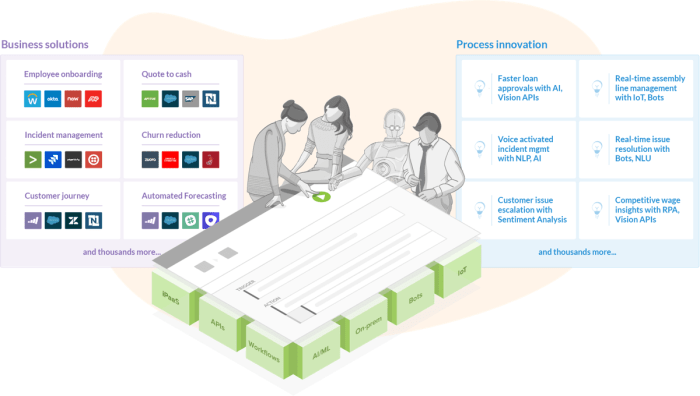
Source: techcrunch.com
In conclusion, leveraging Workato’s capabilities with ServiceNow offers significant advantages for automating tasks, migrating data, and enhancing security. By understanding the different integration methods, use cases, and security protocols, organizations can optimize their workflows and gain a competitive edge. This guide provides a foundation for successfully integrating Workato and ServiceNow, fostering a smoother and more efficient operational landscape.
